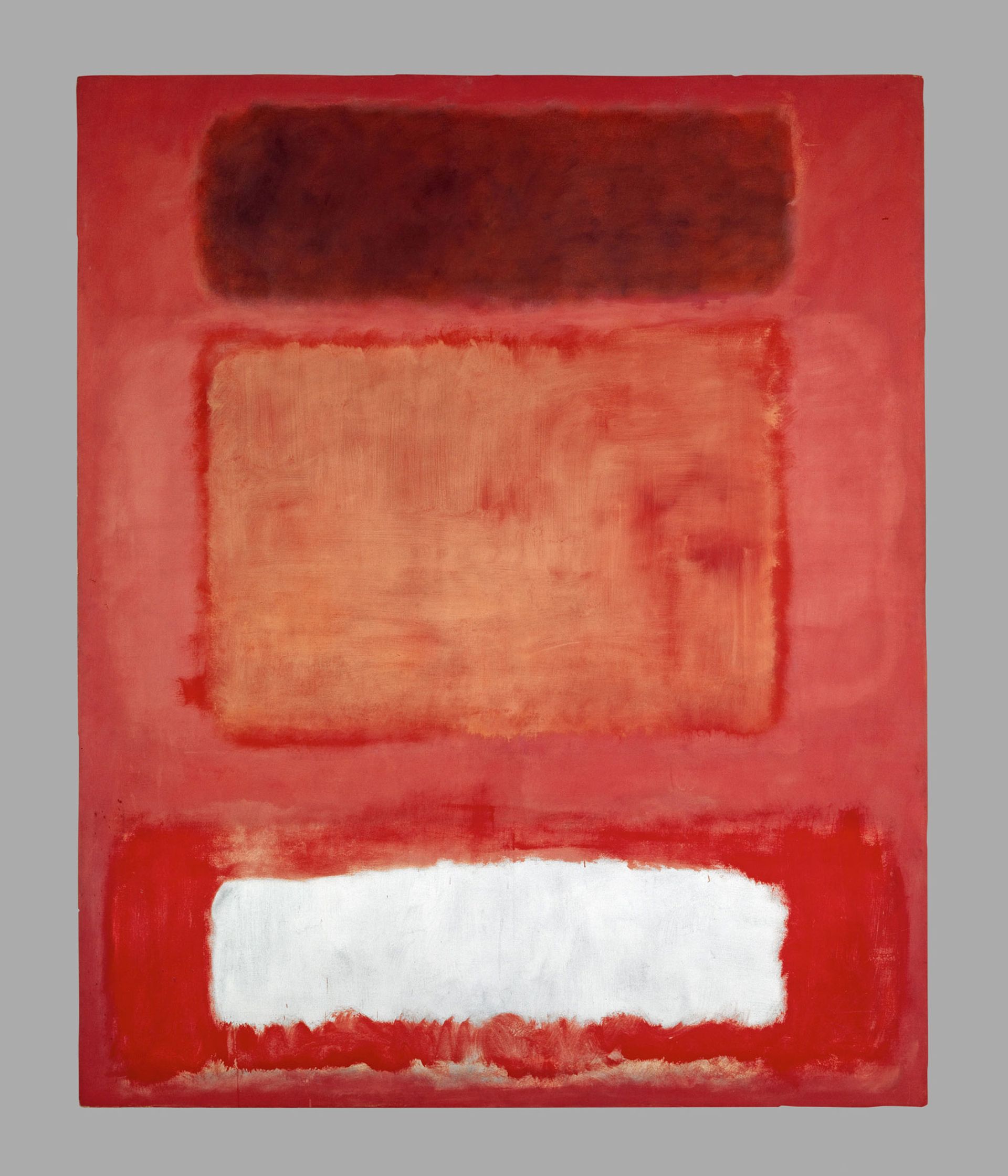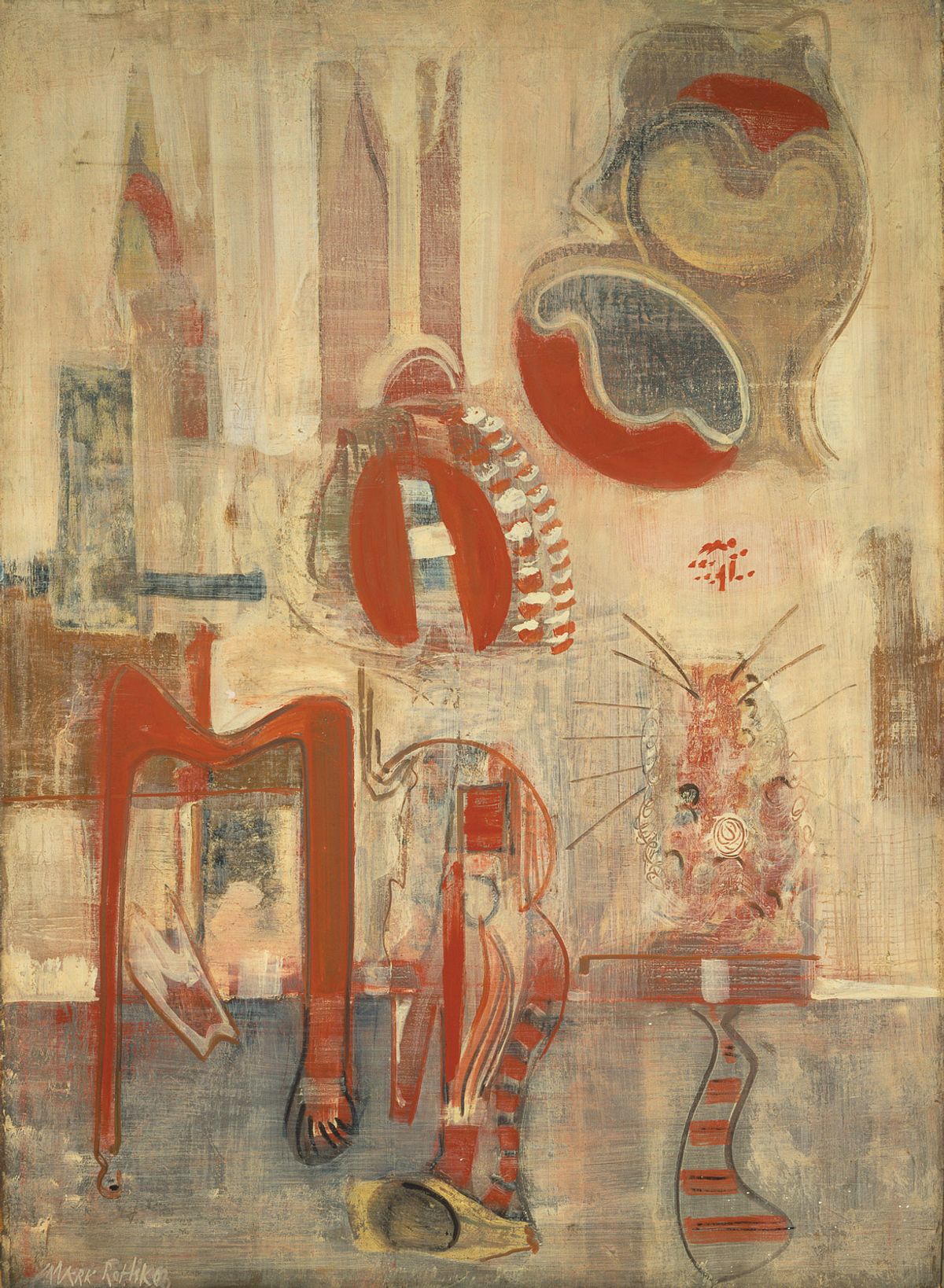Mark Rothko’s work has been so widely exhibited and discussed in the Anglosphere that it comes as a shock to discover this is the first ever Rothko exhibition in Austria. “Shock” may seem an overstatement, but of all paintings, Rothko’s works need to be seen with the naked eye. Even the best reproductions fail to convey the Benjaminian aura.
The exhibition is curated by Jasper Sharp of the Kunsthistorisches Museum (KHM) in collaboration with the artist’s son. It presents 40 of Rothko’s works, charting each period of his career—from the figurative works of the 1930s and his break with Surrealism in the 1940s, to his maturity as a colourist in the 1950s and 1960s. A gallery is dedicated to the so-called Seagram group of paintings commissioned in 1958 for the Four Seasons restaurant in the then new Seagram Building in New York.
Sharp, as befits a guardian of one of the greatest collections of Old Masters, draws out Rothko’s absorption of their works, especially Rembrandt and Vermeer, the stars of the KHM collection. He stresses Rothko’s frequent visits to New York museums and collections and his intense scourings of Medieval and Renaissance works in France, Italy and England.

Mark Rothko's No. 16 (Red, White and Brown) (1957) © 1998 Kate Rothko Prizel & Christopher Rothko/Bildrecht, Vienna, 2019; Photo: Kunstmuseum Basel
“The time that he spent in Europe established and reinforced his conception of himself as a muralist working within a tradition that he could trace back through Giotto and Fra Angelico to the painters at work in Pompeii, Tarquinia and even Lascaux,” Sharp says. Vienna, the home of Rothko’s beloved Mozart, to whose works he constantly listened in his studio, is the perfect site for this exhibition. It could be safely said that Rothko’s paintings achieve the condition of music.
The show’s main sponsors are Uniqa and Österreichische Lotterien. The English catalogue (published by Yale University Press) will be reviewed by David Anfam in a forthcoming issue of The Art Newspaper.
• Mark Rothko, Kunsthistorisches Museum, Vienna, 12 March-30 June


